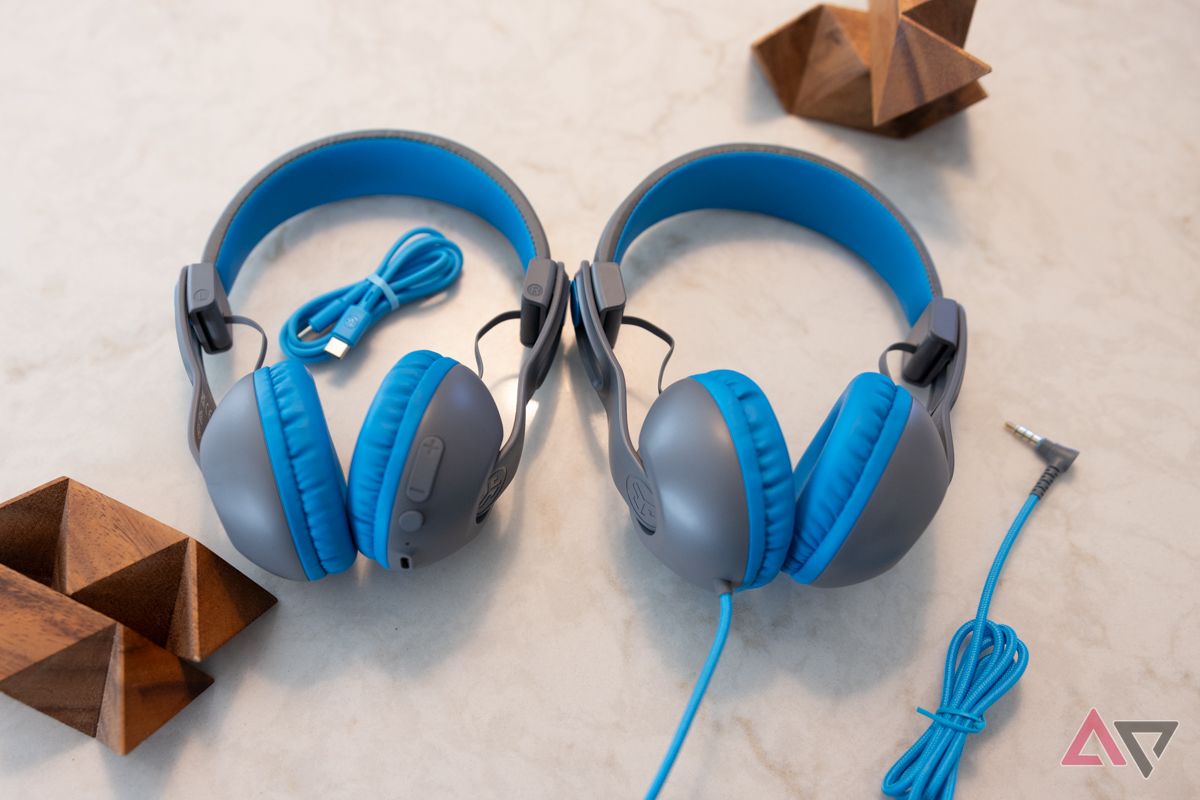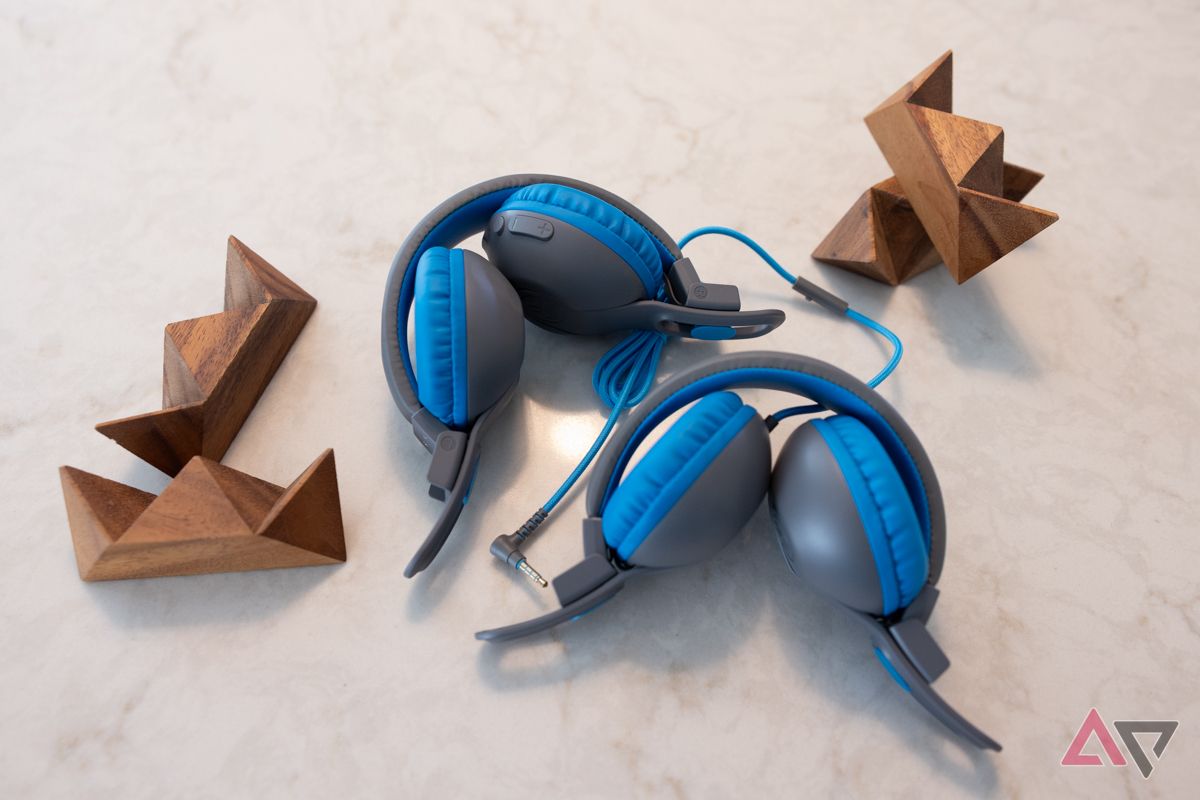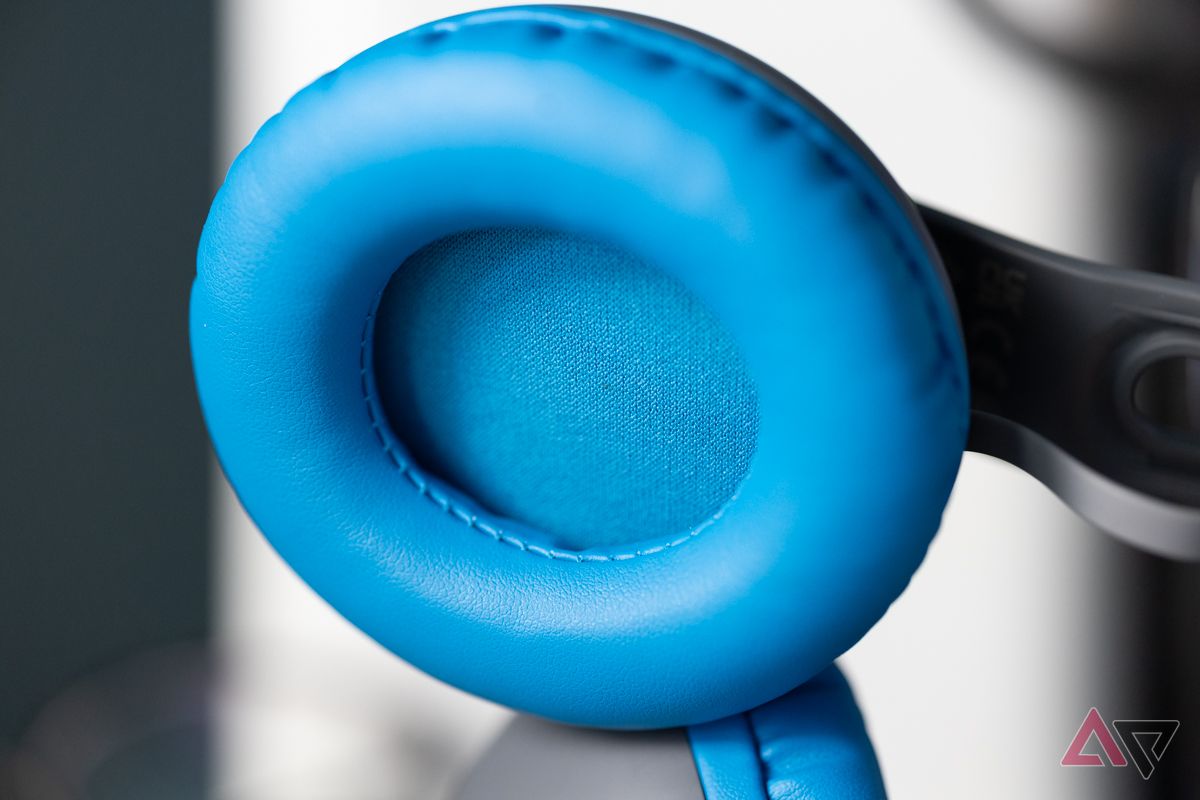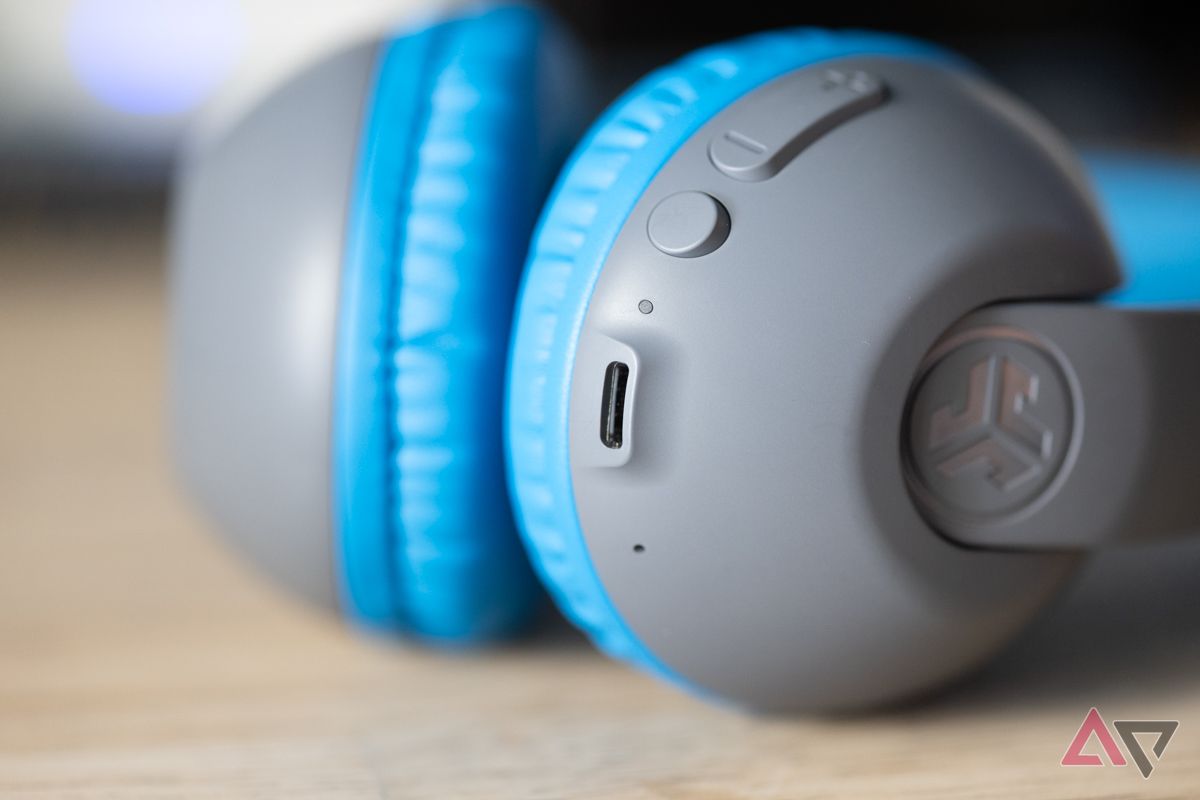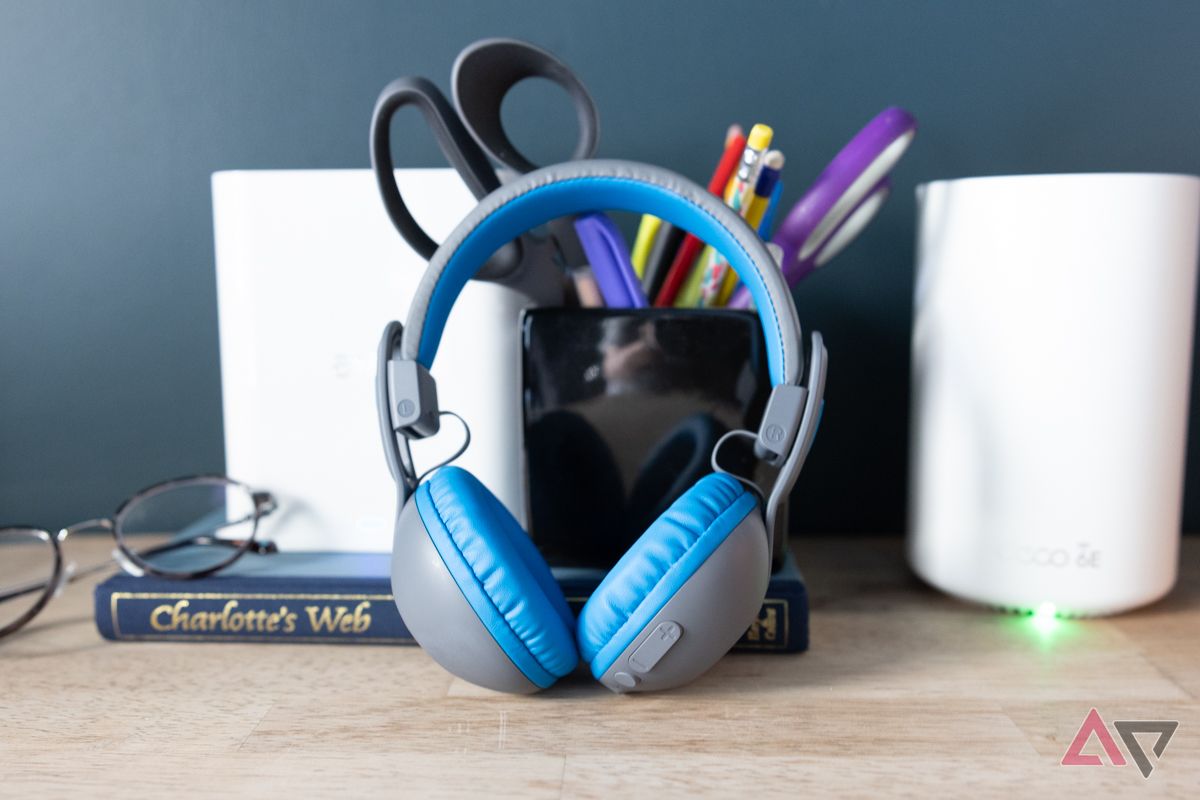As any parent would be, I’m concerned at any given moment that I’m ruining my kids in some way or another. Watching them grow feels like I’ve naturally traded concern about things like sticking forks in electrical outlets for concern about social media and what it could do to their developing minds and emotional well-being. I recently reviewed the Bark Phone because of those worries, but nobody warned me about noise levels and wireless technologies, too. Luckily, the JLab JBuddies Studio 2 headphones do their best to protect kids in ways I can’t without constant monitoring.
Specifically, the JLab JBuddies Studio 2 headphones have built-in volume limitations to prevent future hearing loss.
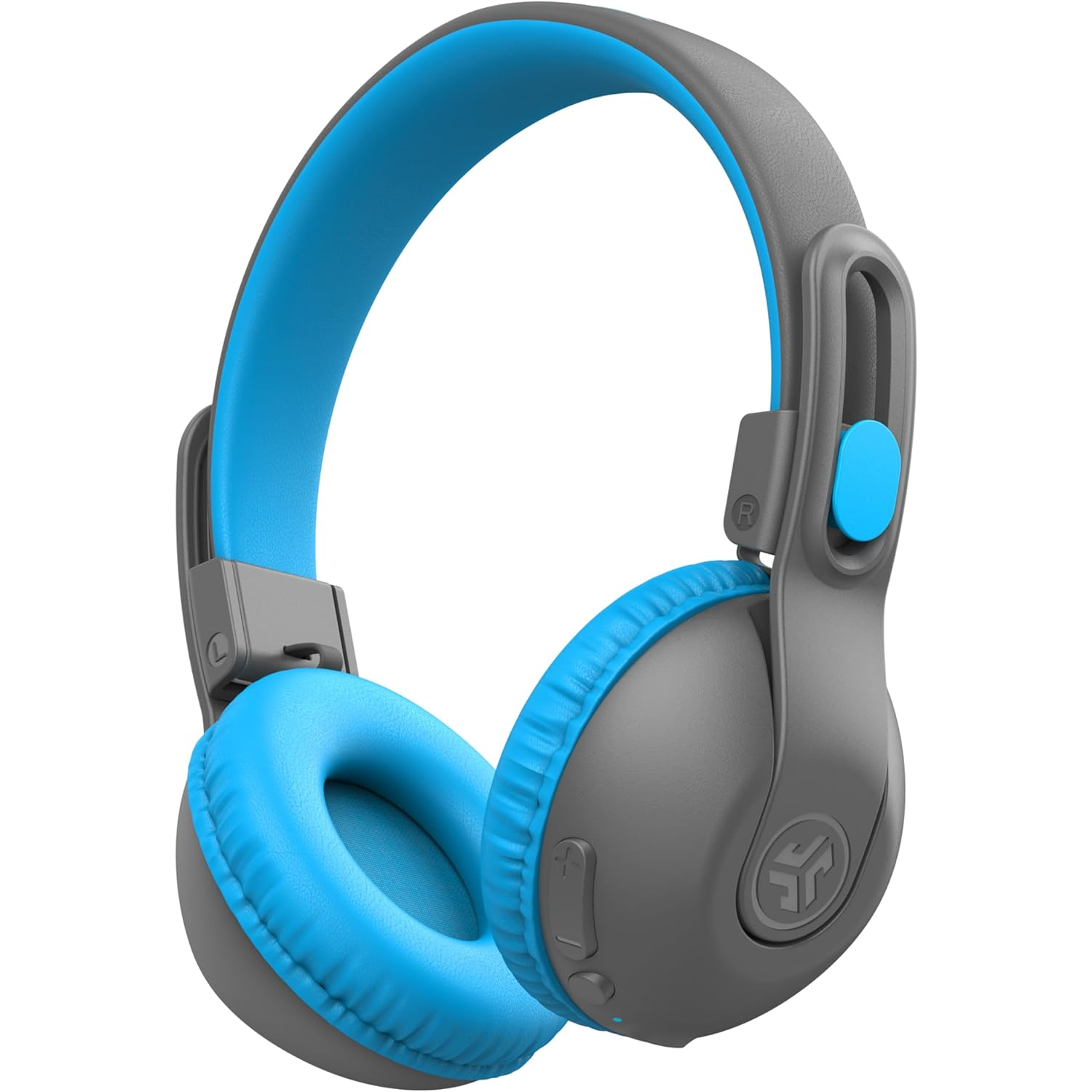

Best value
JLab JBuddies Studio 2
The JLab JBuddies Studio 2 headphones come in wireless or wired versions and include volume limits to help protect kids’ hearing. They’re made from sturdy plastic and soft and comfortable cushions, are easily adjustable, and have a long-lasting battery life. However, the ear cups run small, so they might not be a good fit for older kids.
- Incredible battery life
- Volume limits for kids
- Soft materials for longer listening
- Wired and wireless versions
- Priced perfectly
- Ear cups can run small for older kids
- Sound seal not as good without perfect fit
Price, availability, and specs
Affordable and available pretty much anywhere
The JLab JBuddies Studio 2 headphones aren’t hard to find. You can easily grab a pair from JLab directly, Amazon, or even Target. Price-wise, the cost is between $20 and $40, depending on the wired/wireless versions and sales. This is incredibly reasonable for what you get, and your kids will be happy campers with performance, appearance, and sound.
They’re mostly plastic, come in two color variations (blue/gray and pink/gray), and are sturdy enough to withstand accidental bumps, falls, and more. The ear cups are soft, and the band is easily adjusted to fit larger heads. And the wireless version has a USB-C cable for charging (long enough for wired listening), and its battery life is phenomenal. The wired version also comes with a braided 3.5mm jack.
What’s good about the JLab JBuddies Studio 2?
Tough on the outside, sweet, sweet garbage music on the inside
Because the JLab JBuddies Studio 2 headphones are built almost entirely of plastic, they’re light and comfortable for longer sessions. My kids were able to wear them during a recent road trip and there wasn’t a single complaint about how they felt on their heads (they’re padded on top) or how they sounded.
If any of your kids happen to be in teenager territory, I should say the styling might not be for them, which might be expected from a product geared towards ages 6+. If that’s the case, there’s always something like the Anker Soundcore A20i earbuds, which are good value and a little more stylish for your older kids, who might not benefit from too much from the volume limits anyway.
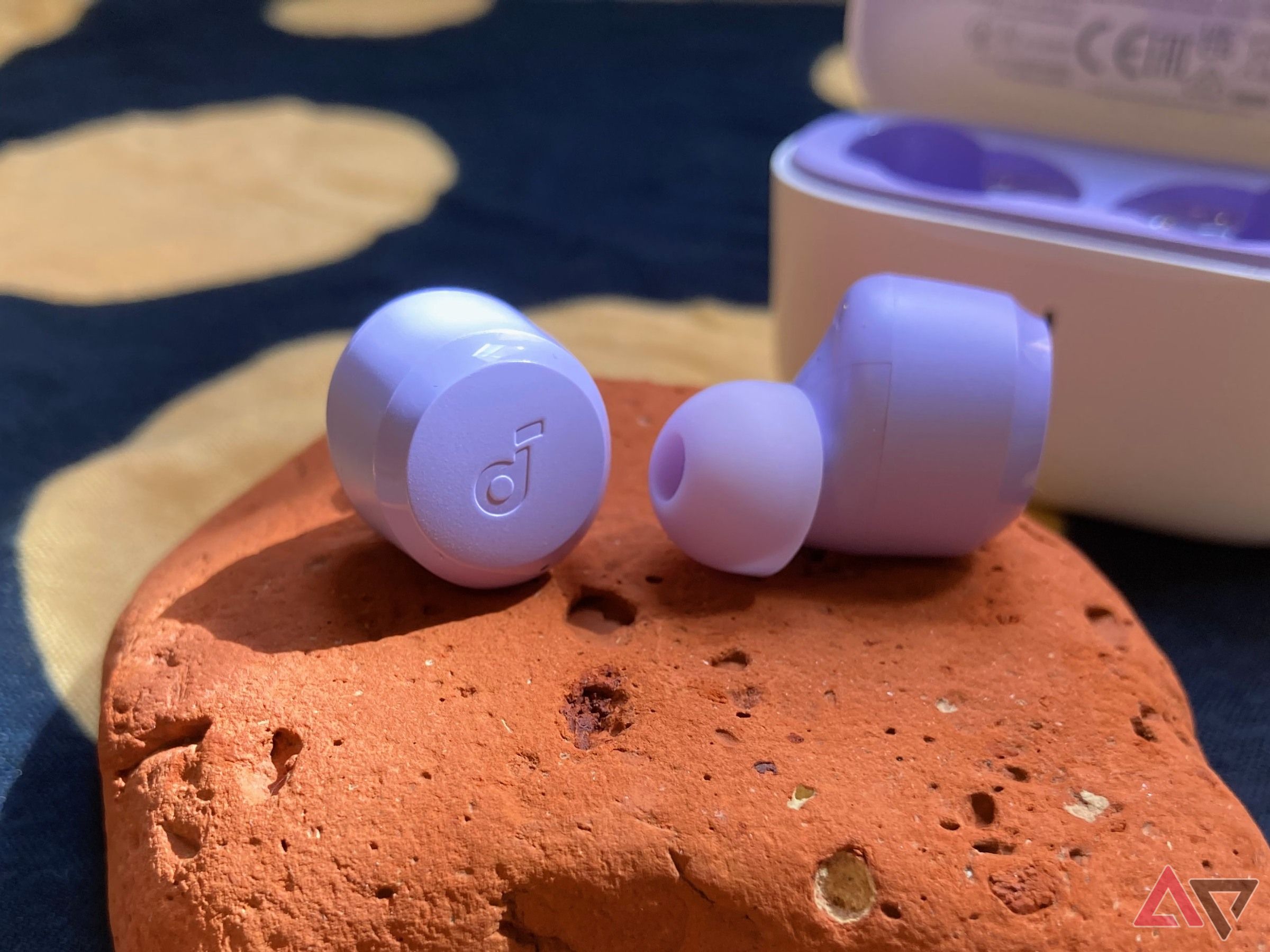
Related
Anker Soundcore A20i review: Big sound at a small price
Another bargain-basement winner from the low-cost audio champ
Speaking of those safe limits, JLab promises and succeeds in keeping audio levels at a safe volume for developing ears with the Studio 2 headphones. As a Dad, hover parenting my kids to make sure they are listening at the proper volume is something I’ve struggled to keep up with, and I only notice when I’ve asked them a question, and they don’t respond. Something that I’ve attributed to simple selective hearing in the past has more often than not been their inability to hear me at all. I didn’t have to worry about the sound getting too loud with the JLab JBuddies Studio 2, as they max out at 85dB or 95dB.
Audio quality-wise, they sound great for watching movies, playing games, and listening to music on the go. My kids, like others, are not looking for the best surround sound or lossless audio when listening to Parry Gripp or how to leave a little dirt under their pillows for the Dirt Man. Spatial Audio isn’t for them.
On the headset’s wireless version (JLab was kind enough to send both wired and wireless versions for testing), the battery life was outstanding. If you’ve ever had a kid complain about their devices dying because they’ve forgotten to charge them, these headphones are truly impressive.
Our trip to Yosemite this year saw my 12-year-old using the wireless set constantly, going to and from locations, including the 4-hour drive from where we live and the same drive back. After six days, I asked her if she had to charge them. The answer was no, and the last audible alert she got to the battery level today was 80%. So, after six days of use, traveling, and almost certainly forgetting to turn them off, they have easily lasted longer than I ever expected.
What’s bad about JLab JBuddies Studio 2?
I hope you have small ears
The only downside to the JLab JBuddies Studio 2 headphones is the size of the ear cups. While the materials they’re made of are soft and cushioned, that unfortunately doesn’t account for larger ears. My son, who is 8, had no issues with them. My 12-year-old daughter, however, couldn’t get her ears to fit comfortably inside the cups, resulting in ambient sound bleeding. If your kid is like mine, maybe consider another of the best cheap wireless headphones.
She got used to it, however, and beyond our handful of discussions about it, she has grown to love the freedom that comes with wireless audio. I also feel the same way about their size when I wear them. The ear cups extend down to reach our ears just fine, but then just end up sitting on top of them instead of creating a seal for optimum sound.
JLab rates these headphones for ages 6+, so not fitting me is to be expected. But my average 12-year-old struggles with ear cups, so just be wary of whom you’re buying them for. Test them out first before deciding whether your kid will want to keep them. Otherwise, these headphones are excellent for children of most sizes as long as they’re not about to be teens.
Should you buy it?
A resounding “yes” if you’re in the market
Chances are, if you’re reading this, you have kids who could use some headphones, and you’re doing your due diligence. The JLab JBuddies Studio 2 headphones will protect their hearing with their built-in volume limits, but they’re sturdy and stylish enough for kids, and the wireless version’s battery life is a monster.
I can see these headphones being a good buy for almost any scenario: as gifts, replacements, or first headphones. The sound is good enough for kids, as kids aren’t audiophiles; they just work, which means fewer complaints and happier children. If you have a teenager, though, the styling might not be as cool for them. If that’s the case, the Anker Soundcore A20i earbuds are probably a better choice. They don’t have built-in volume limits, but they’re more along the lines of what’s in fashion right now, and they’re less than $100.
Just make sure your brood takes them off occasionally to enjoy the real world, too.


Best value
JLab JBuddies Studio 2
The JLab JBuddies Studio 2 headphones come in wireless or wired versions and include volume limits to help protect kids’ hearing. They’re made from sturdy plastic and soft and comfortable cushions, are easily adjustable, and have a long-lasting battery life. However, the ear cups run small, so they might not be a good fit for older kids.
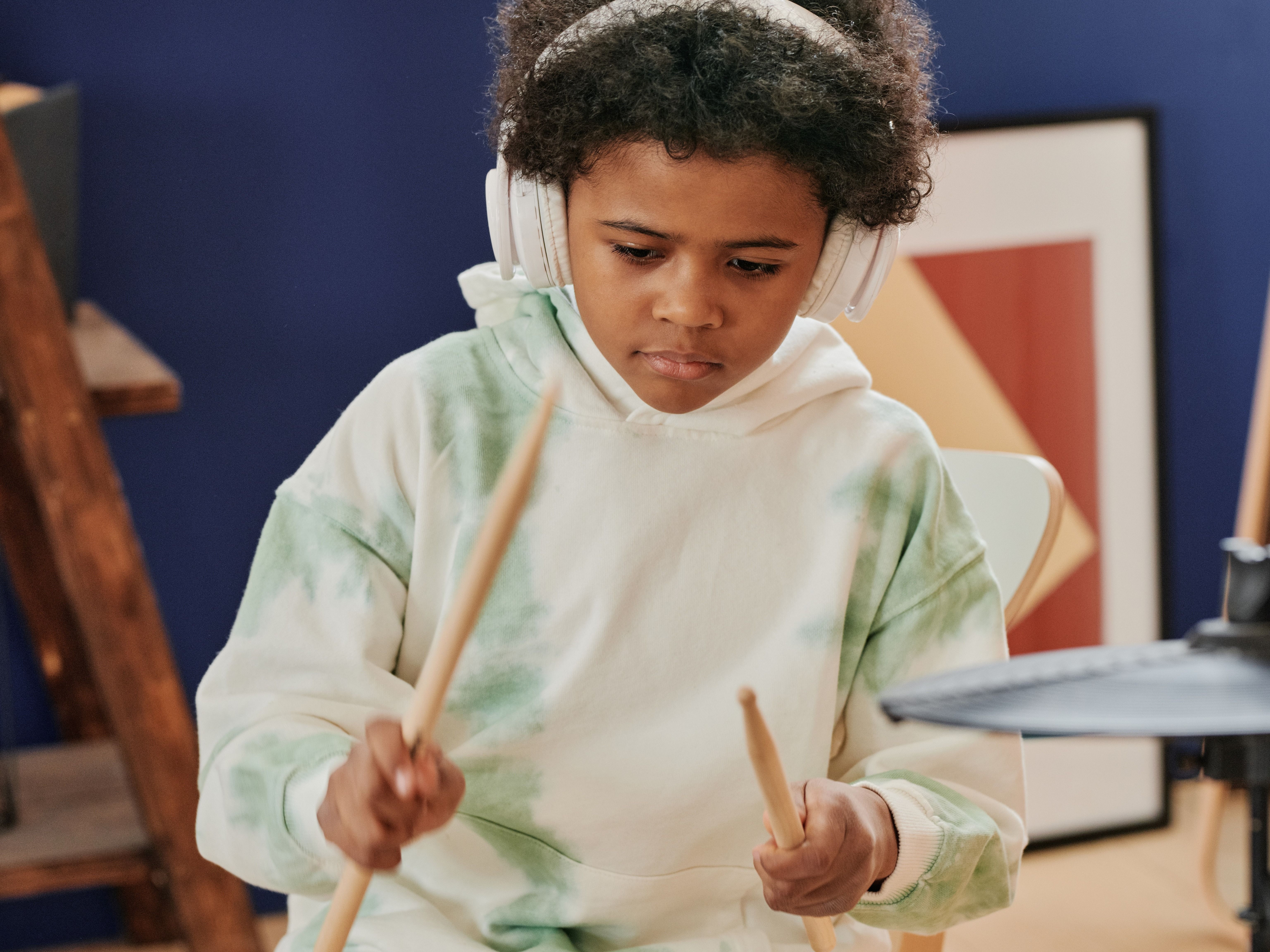
Related
Best headphones for kids in 2024
Looking for kid headphones? These picks provide essential features parents value, like volume limits, durability, and comfort
Source link

